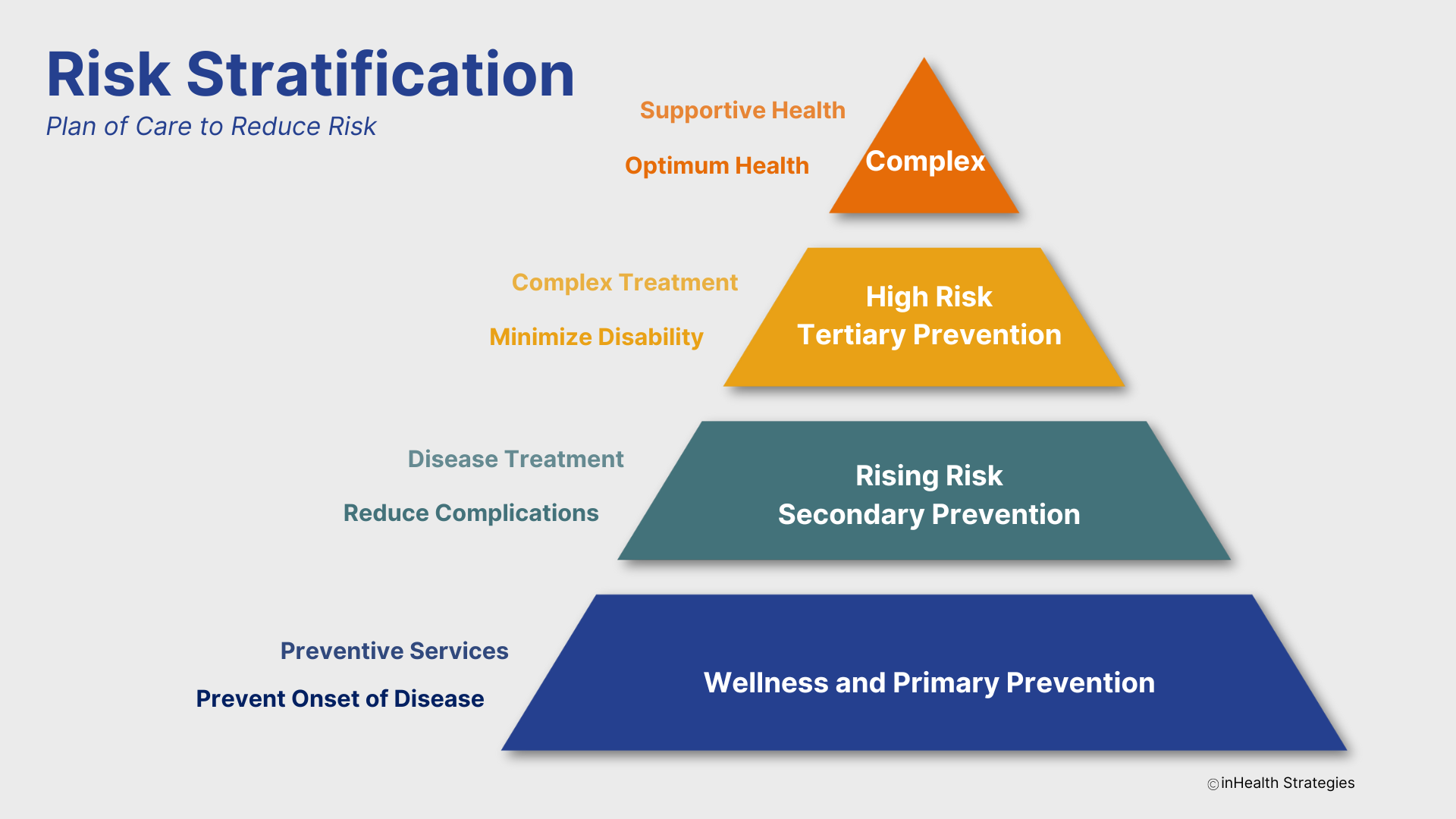Hospital and health system leaders have long recognized the importance of achieving the Quadruple Aim: enhancing patient experience, improving population health, lowering costs, and fostering a better work life for healthcare providers. While traditional wellness programs have contributed to workforce health, the shift toward value-based wellbeing presents a powerful opportunity to align workforce health initiatives with broader organizational goals.
The Quadruple Aim is a strategic framework designed to optimize health system performance, focusing on four key areas:





This transformation moves beyond isolated wellness initiatives to a cohesive, strategic approach that embeds wellbeing into the culture of healthcare organizations. By addressing the full spectrum of employee health, value-based wellbeing ensures that organizations are well-positioned to meet the goals of the Quadruple Aim.
Why Traditional Wellness Programs Fall Short
For decades, traditional wellness programs have focused on individual health behaviors, offering incentives to employees for activities like exercising or quitting smoking. While these efforts have merit, they often fail to address the holistic nature of employee wellbeing.
Traditional programs primarily focus on physical health, overlooking key dimensions like emotional, social, and financial wellbeing. This segmented approach limits their effectiveness in promoting overall employee health and meeting the broader objectives of the Quadruple Aim.
“Value-based wellbeing in healthcare entails maximizing workforce outcomes and experiences through a focus on quality, efficiency, and patient-centered care, ensuring the best possible balance between cost and effectiveness.”
Shadi Shalakhti, Sc.D. | Clinical Population Health Lead, inHealth
The Value-Based Wellbeing Approach: Achieving the Quadruple Aim
Unlike traditional wellness models, value-based wellbeing aligns employee health initiatives with organizational priorities. This holistic approach addresses all aspects of employee health—physical, emotional, social, and career—while also contributing to broader population health goals. Here’s how healthcare organizations can implement value-based wellbeing strategies:
- Creating a Culture of Wellness: The first step is to move away from sporadic initiatives and instead integrate wellbeing into the very fabric of the organizational culture. This means that wellbeing should permeate every aspect of work life – from the attitudes and behaviors modeled by leadership to the physical office environments and the policies that govern them.
- Addressing Holistic Health Needs: Successful value-based wellbeing programs encompass all facets of employee health. Initiatives such as mental health support, professional development opportunities, and social engagement activities help address the diverse needs of healthcare employees. These holistic programs directly contribute to improved population health and lower turnover, both critical components of the Quadruple Aim.
- Leveraging Data and Analytics: Successful value-based wellbeing programs encompass all facets of employee health. Initiatives such as mental health support, professional development opportunities, and social engagement activities help address the diverse needs of healthcare employees. These holistic programs directly contribute to improved population health and lower turnover, both critical components of the Quadruple Aim.
- Empowering Employees: Empowering employees with tools and resources ensures they can actively participate in their health journey. Preventive care, health education, and chronic disease management support employees in making informed decisions about their health. This empowerment fosters healthier, more engaged employees who can deliver better patient care, enhancing the patient experience—a core component of the Quadruple Aim.
- Community Integration: Healthcare organizations can amplify the impact of their value-based wellbeing strategies by engaging with local communities. Partnering with community organizations to address health disparities ensures that organizational goals align with broader population health objectives. These partnerships also strengthen the organization’s reputation as a leader in achieving the Quadruple Aim.
Embracing the Change
Transitioning from traditional wellness programs to a value-based wellbeing approach may be challenging, but it is a crucial and timely move. This strategic shift can significantly enhance the health and wellbeing of employees, contribute to achieving the Quadruple Aim, and bolster the overall effectiveness of healthcare systems. The result isn’t just a change—it’s a transformation that elevates the value of health in every facet of organizational life, creating a positive, lasting impact on individuals, organizations, and communities. As we navigate the future of healthcare, the value-based wellbeing approach could be the key to unlocking unprecedented levels of success and wellbeing.
About Us
At inHealth Strategies, we lead the way in population health solutions, value-based wellbeing programs, and innovative care models that empower healthcare organizations to achieve the Quadruple Aim. Our team of dedicated clinicians, healthcare specialists, and communication experts collaborates with hospitals and health systems to maximize their existing resources—people, processes, and technology—for impactful population health and care management.
Our expertise in implementing value-based, data-driven programs translates directly into cost savings and better care outcomes. With a proven record of adopting cutting-edge technology, we help reduce health plan costs while enhancing member engagement and satisfaction.
At inHealth Strategies, we’re more than consultants—we’re committed partners, driven by a shared mission to improve health outcomes and support healthcare organizations on their journey to a healthier population.
Ready to achieve the Quadruple Aim? Contact us to learn more about how inHealth Strategies can bring tailored, value-based wellbeing programs to your organization.




